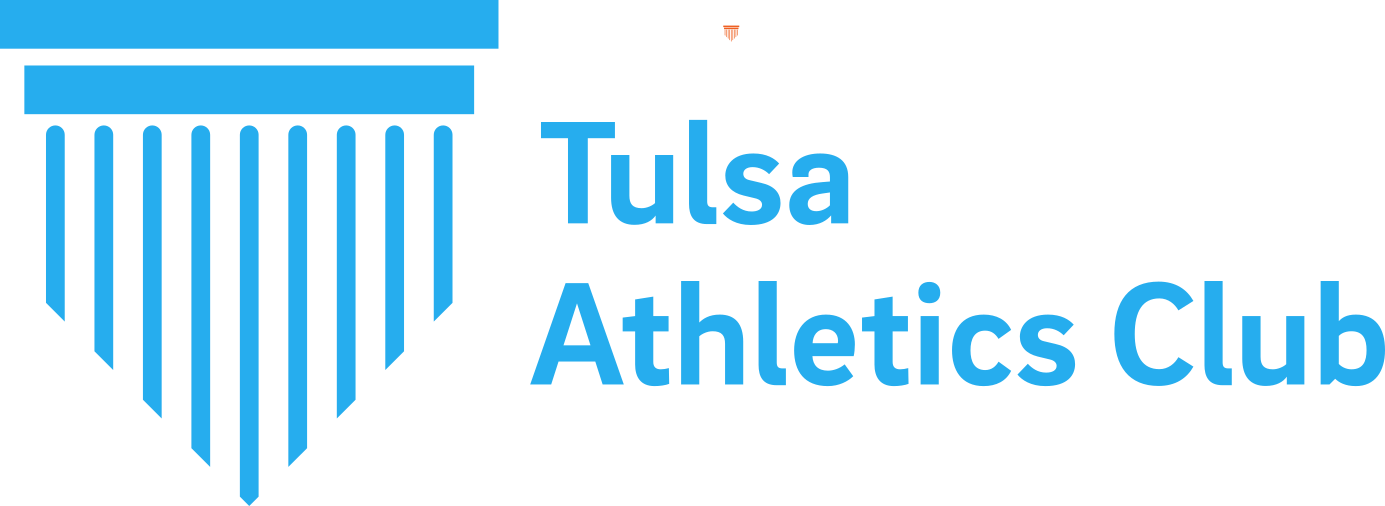Back-to-school didn’t even last into September for several Tulsa-area school districts. If the districts can’t figure out school, no one should count on them for school sports.
Apparently, in the midst of all the politics, virtual-hybrid models, Zoom conference calls, sanitation protocols and who knows what else, school administrators didn’t think to plan for most obvious, predictable, inevitable event of the new school year: students testing positive for COVID-19.
Well, that’s one possibility, that they didn’t plan for it.
The other possibility is that they did discuss and deliberate over what they would do when a student tested positive, and decided that the appropriate, rational response would be to shut down the school for a week or two.
What’s worse? The school district administrators not foreseeing the most obvious thing ever and then scrambling headlong into a panicked response, or calmly choosing a re-closure as the best and necessary option?
Most affected families probably don’t have time to decide. They are trying to arrange time off work, child care and technology requirements that, only a few weeks ago, they were led believe they wouldn’t need. Or, if it was presented as a possibility, not within the first two weeks of back-to-school.
Okmulgee, Berryhill and Beggs have so far re-closed the doors. At least one school district is summarily sending students home for 10 days if they go to the school nurse to ask for tissues or cough drops (because allergies are totally not a thing in the Green Country).
Students and parents are learning - maybe confirming - what an unreliable partner the Tulsa-area public schools are in their education. Whatever credit you want to give Tulsa Public Schools for foreclosing the possibility for such a false start should vanish when you consider how they leveraging sports and extracurricular activities to strong-arm families into their preferred virtual set-up. Other districts are similarly offering virtual options at the expense of participation in sports, which makes you wonder if the districts want students to work from home or attend school.
Our stake in this is in the only realm we can really be useful: sports. If the Tulsa-area schools are so unreliable and cavalier about “actual” school, there is no reason any parents or students should trust them with athletic ambitions and desires. See also: the strong-arming techniques above.
We thought we would be the off-season place for most sports, particularly at the high school level, but the way things are going we might be the off-season, preseason and in-season club for competitive sports and athletic performance in Tulsa. Off-season athletes in the area are receiving even less attention than usual, which, to be fair, might not be a bad thing considering some of the things we hear about school coaches saying and doing. But when the sports seasons change and students come into preseason training with little to no training base, we doubt the coaches will adapt and ease them back in. Even if they do, there is still the time lost in the young athletes’ individual and team development from all this silliness and confusion.
As we said recently, multi-sport clubs were the original “pods” for youth sports, and they still are in many other countries. The scholastic-collegiate pathway for youth sports in the US has never worked to the athletes benefit, and now it’s not working at all. We can’t complain too much about that, but we can sympathize with those young athletes and families who are being dragged around by inconstant school administrators.
We’re used to timetables accelerating and having to come up to speed to meet the demand. If that means, in this case, that we start taking on team training and competition a few years ahead of plan, so be it.
The schools are dismissing sports as loosely as they are dismissing their students. Our doors remain open.
